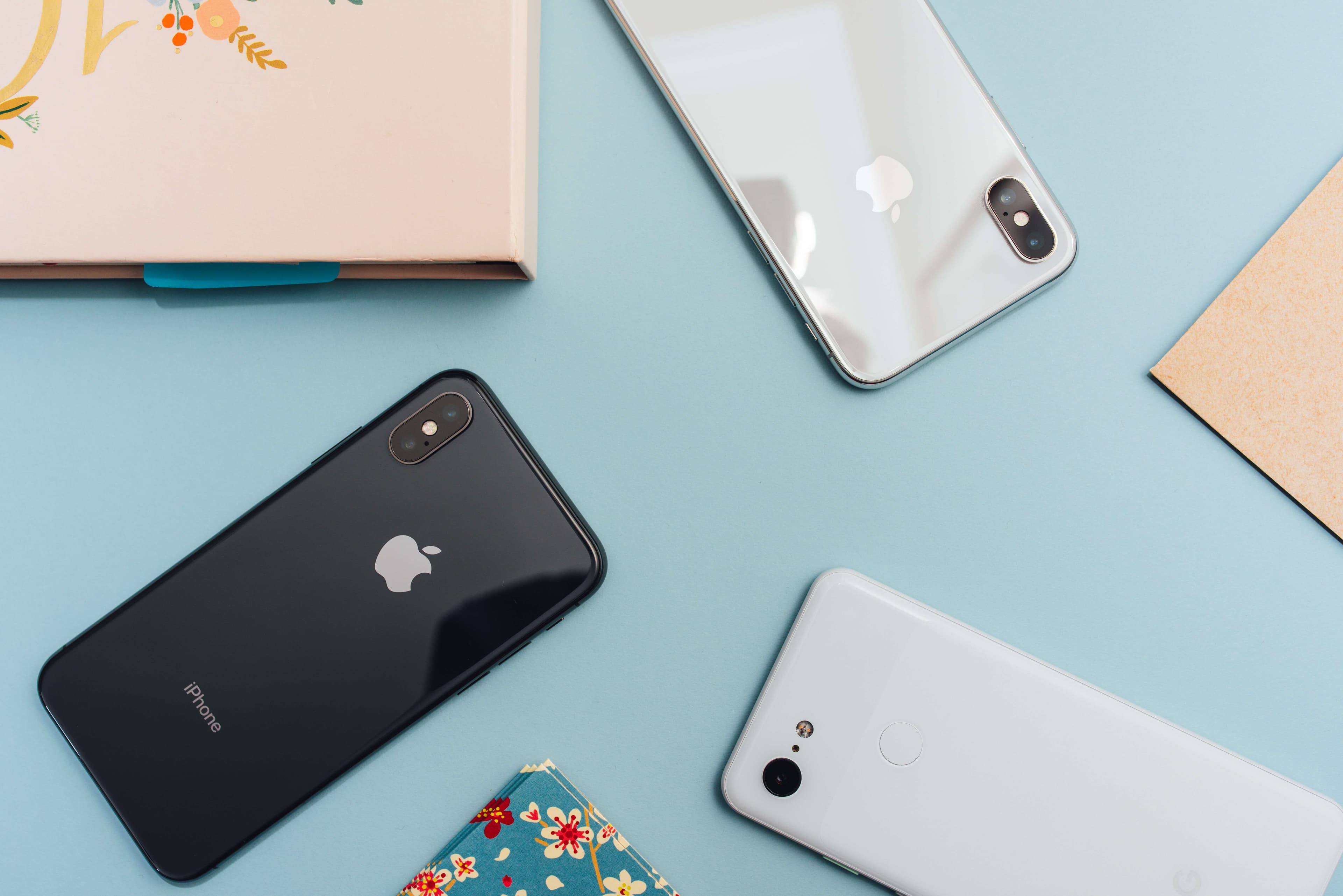
2020 is the year where we surrendered to chaos. Nothing followed the predictable routines and patterns that we were accustomed to, and when everything was upended by COVID-19, we saw that many things that we took for granted could change before our eyes, which then forced us to adapt and embrace change.
The iPhone prices were no exception. At Compare and Recycle, we expected our pricing tracking data to follow certain trends each year, however in 2020 there were discrepancies that were atypical in the context of what we had observed before. These were not only because of the effect of the pandemic, but because of market changes as well, however in this article we will be discussing the effects of COVID-19 on iPhone price trends specifically. In any case, 2020 has been a unique year where there was no shortage of surprises. So what exactly did we discover this year that we were not expecting to see?
We observed that prices for some of the iPhone models decreased in March and April. Some examples of these included the iPhone XR 64GB and iPhone XR 128GB, the iPhone X 256GB, the iPhone 8 64GB, all of the iPhone 7 Plus variants and the iPhone 7 32GB and iPhone 7 128GB variants. This was not the case in previous years, but because of the wide ranging effects of the stringent measures that were enforced during the UK lockdown, this affected consumer confidence across the board. One could speculate that people were choosing to keep hold of their phones for a while longer, and consumers did not want to go to post offices to send their devices away as they were advised against this by the UK government.
Photo by Youssef Sarhan
Following the dip in the spring months for some of the iPhone models, we then began to see an increase in prices between June and July. This was the case for the iPhone XR models, the iPhone X 64GB, the iPhone 8 64GB, the iPhone 8 Plus 64GB and the iPhone 7 models. This is an unusual trend to see in the price tracking data, as typically depreciation tends to occur throughout the first half of the year, and then eventually pick up around August just before the next Apple launch which has historically taken place in September. As prices went down in March and April, prices eventually began to return to normal following the increase in consumer confidence that took place in the summer months as government lockdown measures were lifted.
Photo by Mia Baker on Unsplash
Cover photo by Arnel Hasanovic on Unsplash

Apple Intelligence promises to make your devices smarter, but not everyone’s impressed - in this blog, we break down the features people actually use (and the ones they wish they could uninstall). If you’re wondering whether it’s worth the hype, we’ve got you covered.

Whether you’re switching to a new iPhone or moving between Apple and Android, transferring your eSIM doesn’t have to be complicated. Here’s a simple step-by-step guide to ensure you do it correctly.

Discover key digital clutter statistics, how Brits are managing their digital data, as well as their attitudes towards digital hoarding and decluttering.